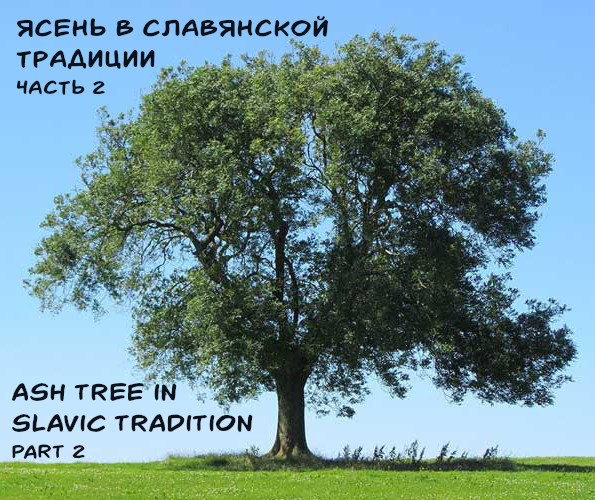Feather in Slavic tradition: from black magic to amulet for happiness.
ꏍ
Ancient Slavs associated feathers not only with birds, but also with some demonic creatures. According to southern Slavic beliefs, a demon man with feathers on his body was born once in a while as a protector of the countryside. Bulgarians believed that Vilas had feathers on their dresses. The spirit of wealth Mamnik (or Mamyak) was believed to have a form of a feathered black chick, who was hatched from an egg under the dress of a witch. By throwing his feather into a neighbor’s barn, the witch could “steal” milk from other people’s cows.
ꏍ
A disgruntled Domovoi could pluck feathers on the head of chickens. To avoid this, a talisman called “Chicken God” was hung in the henhouse. And if a cunning chicken seller in Poland snatched three feathers from under her wing and quietly casted the incantation: “Tobie mięso a mnie pierze” [Your meat, and my feathers], then the chicken would stop laying eggs.
ꏍ
Feathers were also used in wedding ceremonies. Ukrainians decorated the bride’s wreath with long feathers. In Poland, a young couple were gifted with a feather. The oven was swept with feathers before baking a loaf. And the bride during the wedding held a feather in a stocking for good luck.
ꏍ
Do you pick up bird feathers? How do you use them?
ꏍ
To be continued….
ꏍ
Ash tree in Slavic tradition – part 2
Ash tree protected our Slavic ancestors from many hardships. For example, from bad weather. In the Vitebsk region, with a special ash tree twig (used to separate a snake and a frog) people would try to ward off a hail cloud from their fields. The Czechs believed that the devil did not like this tree, therefore, lightning does not strike the ash, and anyone can hide under it during a thunderstorm.
ꏍ
Our ancestors also believed in the ash tree protection from evil spirits. To guard the livestock on the eve of Kupala night, the Poles stuck ash tree branches and leaves into the barn walls. In Herzegovina, during the dangerous period from Kolyada to the New Year (when all evil spirits are very active), a shepherd drove the sheep with a branch of ash. Slavs also used ash tree to magically reverse the curses. The decoction from its bark was considered a good medicine for a variety of diseases. In Kosovo, if children died in a family, then parents made an ash tree cradle. It was also believed that Vilas lived safely in the branches of this tree, not fearing any harm from anybody.
ꏍ
Which of the mentioned ash tree applications would you like to test in person? 😉 What traditions related to ash tree do you know?
ꏍ
To be continued…


